A new Chinese AI model called DeepSeek has taken the tech industry by storm, quickly becoming the most downloaded app on Apple's App Store. This unexpected rise has drawn attention from investors, shaken financial markets, and sparked debates about the future of AI development. With its ability to rival industry leaders like OpenAI at a fraction of the cost, DeepSeek has raised significant questions about technological competition, chip dependencies, and global AI leadership.
Read
Choose your favorite categories and topics. You will find extremely useful content over the site.
Comment
Communicate with authors and users. Provide them your feedback and collaborate with the community.
Rate
Authors will be happy to receive your positive vote on articles you found helpful and enjoyed reading.
Trending articles
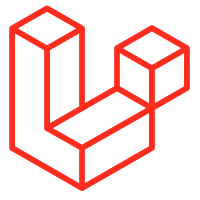
Create Laravel 12 project from scratch
Laravel is a PHP framework built to make web development cleaner and faster by following the Model-View-Controller (MVC) pattern. Since its first release in 2011, it has grown into one of the most popular choices for PHP developers. Laravel brings powerful tools like expressive routing, simple database migrations, a built-in authentication system, and Blade templating, making it easier to build full-featured applications without getting buried in repetitive code.
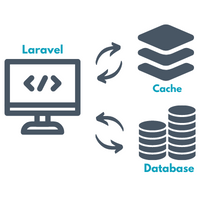
Repository cache in Laravel
In modern web applications, optimizing data retrieval is crucial to improving performance and user experience. One common practice is caching database queries to reduce redundant calls to the database. While Laravel offers built-in caching features, in some cases, you may want to implement custom repository caching manually to better control your caching mechanism. This article will walk you through implementing repository caching in Laravel 12, explaining the steps involved and how to achieve better performance in your application.
Recent articles
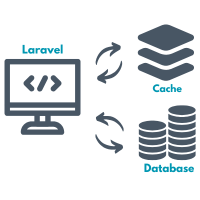
Tag-based cache inside Laravel repositories
Working with cache can drastically improve the performance of an application, especially when dealing with data that doesn't change too often. While Laravel provides solid support for caching through multiple drivers, it doesn't offer native support for cache tags. To work around this limitation, we'll integrate Symfony's Cache component, which brings tag support and fits well into the repository pattern we've already established. In this article, we'll build on the existing structure and focus on using cache tags to group and clear related data more efficiently.

Understanding HMAC signatures and how they work
HMAC, short for Hash-based Message Authentication Code, is a method used to check that a message is both authentic and unmodified. It's a common tool in webhooks, APIs, and any place where secure communication between systems matters. The idea behind HMAC is to use a shared secret key along with a hashing algorithm to create a unique signature for a message. This signature acts like a stamp of trust, if anything changes in the message or if the wrong key is used, the signature won't match.
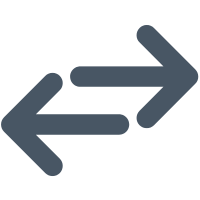
Getting started with CQRS in PHP
CQRS stands for Command Query Responsibility Segregation. It's a pattern that separates how an application reads data from how it writes data. This approach can help structure code more clearly, especially in systems that deal with complex business logic or need to scale certain operations differently.
Categories
Popular on HiBit
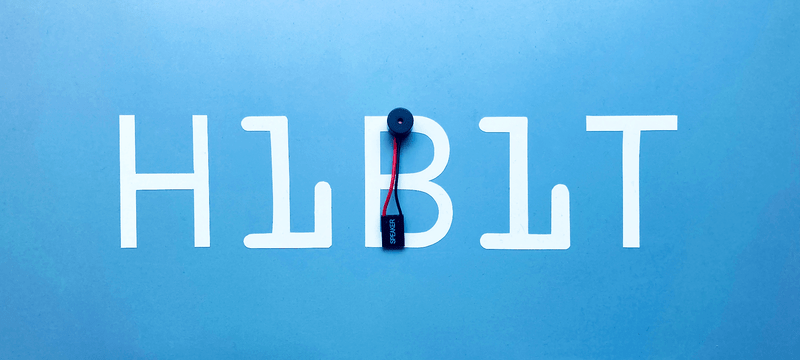
Playing popular songs with Arduino and a buzzer
Buzzer is used to generate sound, beep or even melody of a song. It can be found in alarm devices, computers, timers and confirmation of user input such as a mouse click or keystroke. A piezo buzzer is not like a regular speaker that you might think of. It uses a material that actually changes shape when you apply electricity to it which in turn creates noise. The faster you bend the material, the higher the pitch of the noise that is produced.
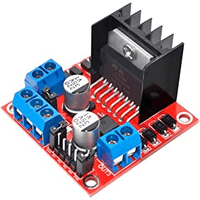
How to use the L298N motor driver module
The L298N Motor Driver is a controller that uses an H-Bridge to easily control motors direction and PWM to control the speed. This module allows you to independently manage two motors of up to 2A each in both directions. Supply range may vary between 5V and 35V, enough for most DC motor projects.
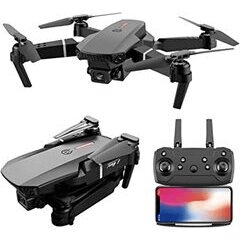
Mastering the E88 Pro drone
The E88 Pro Drone is an exceptional flying device that combines advanced features, reliable performance, and a user-friendly design. Built with innovation in mind, this drone offers an immersive aerial experience for beginners and enthusiasts alike. Operating the E88 Pro Drone is a breeze, thanks to its intuitive controls and user-friendly interface. The drone can be easily controlled using a dedicated remote controller or a smartphone application. The remote controller offers precise maneuverability, while the smartphone app provides a comprehensive set of features and flight modes. From automated flight paths to real-time video streaming, the app enhances the drone piloting experience and unlocks advanced functionalities.
